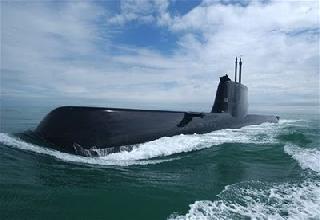The Indian Navy is looking to upgrade its present fleet of Sea King and
Kamov helicopters and purchase new helicopters to replace them in the
coming years. Rear Admiral Sudhir Pillai, Flag Officer Commanding Goa
Area, told reporters in Panaji:
The Indian Navy's helicopter fleet includes:
"We will soon augment helicopter force with the upgrade of Sea-king and Kamov helicopters ... Sea-king is anti-submarine warfare helicopter while Kamov is used for airborne early warnings ... For medium-range surveillance, we have the versatile medium-range recce aircraft Dornier-228s .. We are continuing to operate the TU-142s and IL-38s in the MR role.
The IL-38s were extensively refurbished in Russia with Sea Dragon radar and attack suite. For medium range surveillance, we have the versatile medium range recce aircraft Dornier-228s in a number of configurations .. We have completed our portfolio of surveillance assets with induction of unmanned aerial vehicles Heron and Searchers which can be controlled from ships"
The Indian Navy's helicopter fleet includes:
- HAL Dhruv for utility purposes
- Westland Sea King for anti-submarine warfare, search and rescue, utility and transport requirements
- Sikorsky SH-3 Sea King for anti-submarine warfare
- Aérospatiale SA 316 Alouette III for utility purposes
- Kamov Ka-25 Hormone
- Kamov Ka-28 Helix-A for anti-submarine warfare purposes
- Kamov Ka-31 Helix-B for airborne early warning requirements


















